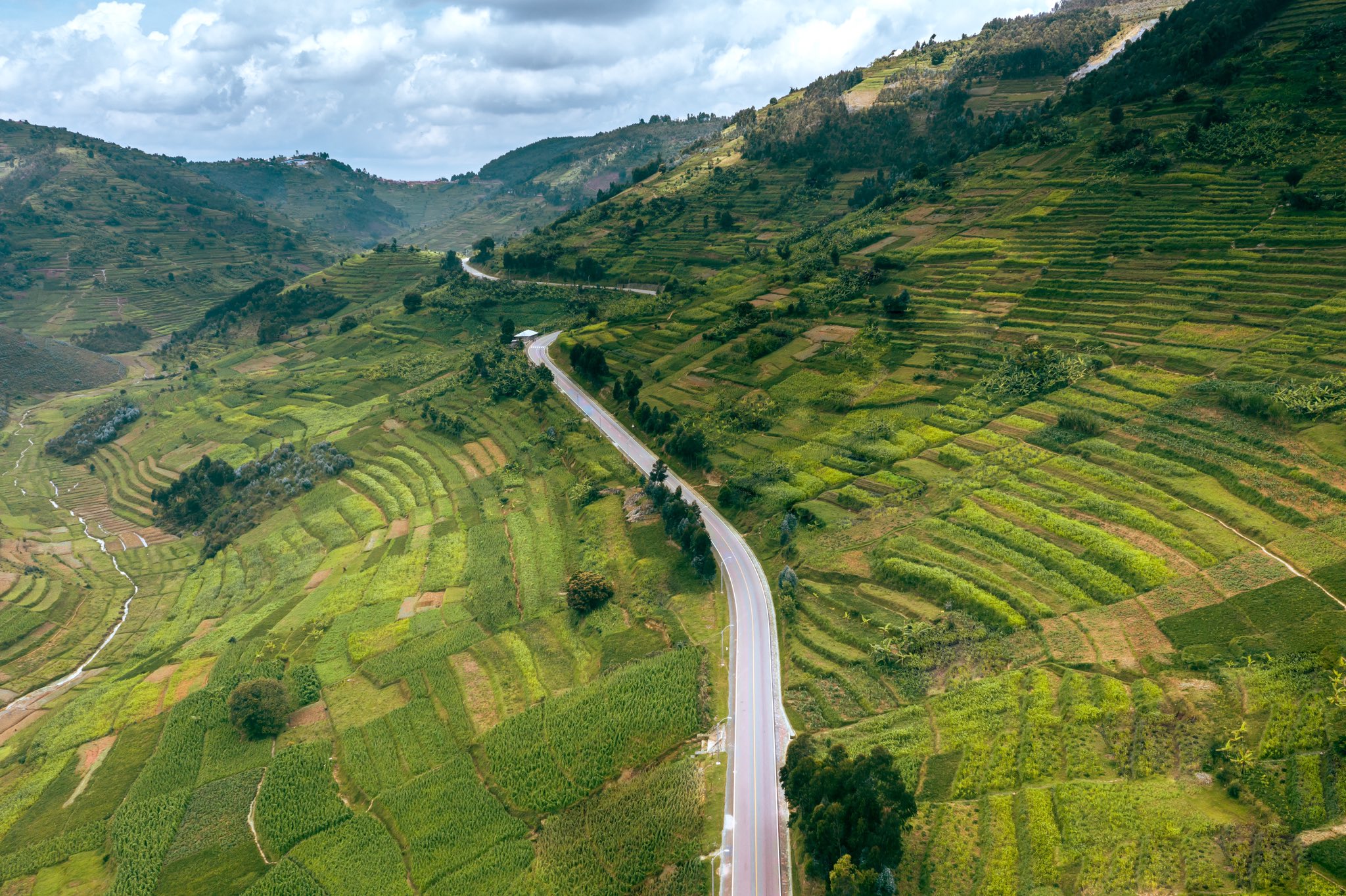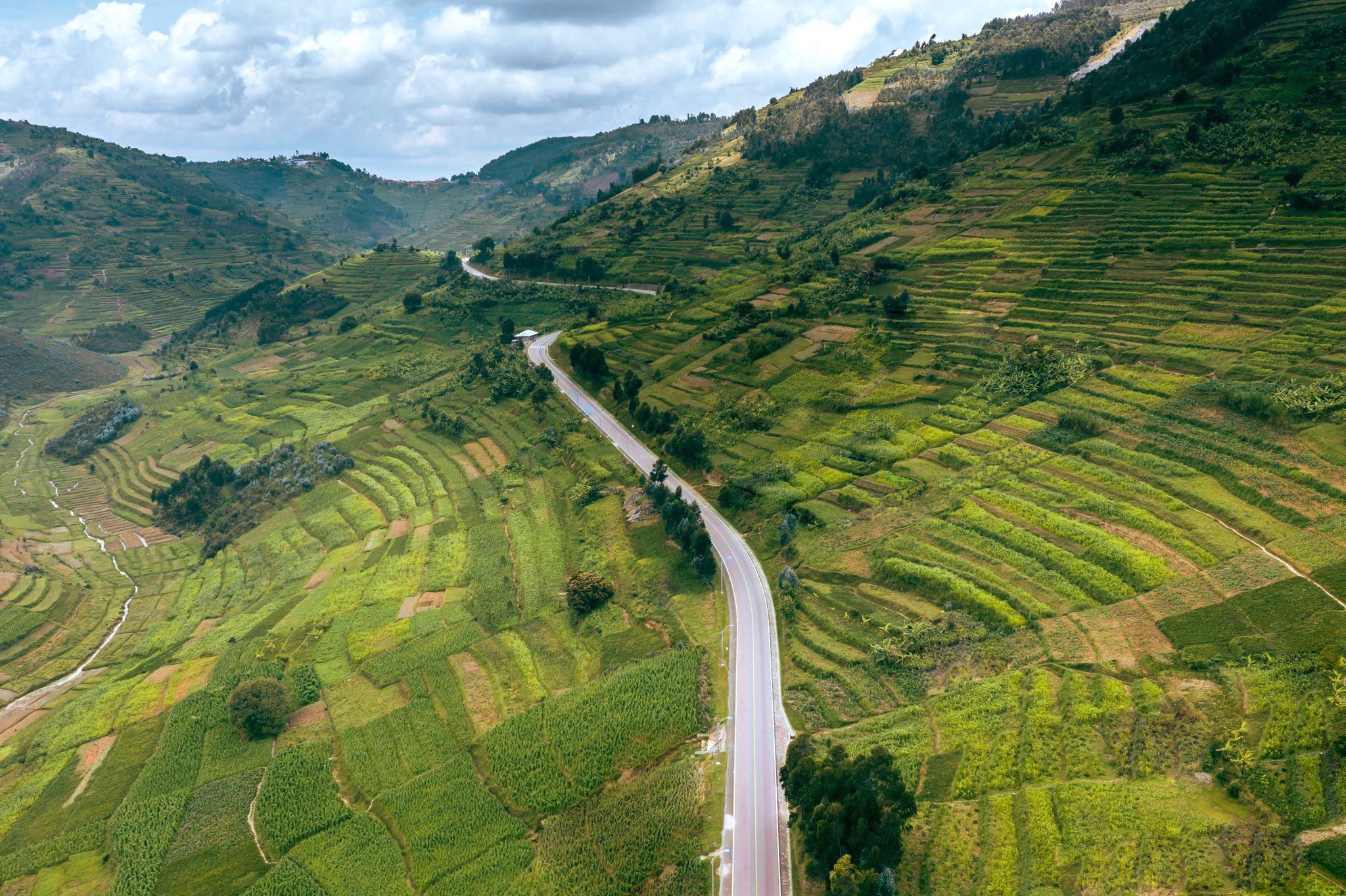Every species is unique and precious, just like every child. If we clear our forests, degrade our lands and destroy whole ecosystems, we are stealing from all future generations of life on land. If all beings could speak and humans truly listened, they would tell us. We need new voices for the generations of life at risk.
Human life depends on the earth as much as the ocean for our sustenance and livelihoods. Plant life provides 80 percent of the human diet, and we rely on agriculture as an important economic resource. Forests cover 30 percent of the Earth’s surface, provide vital habitats for millions of species, and are important sources of clean air and water, as well as being crucial for combating climate change.
Every year, 13 million hectares of forests are lost, while the persistent degradation of drylands has led to the desertification of 3.6 billion hectares, disproportionately affecting poor communities.
While 15 percent of land is protected, biodiversity is still at risk. Nearly 7,000 species of animals and plants have been illegally traded. Wildlife trafficking not only erodes biodiversity, but creates insecurity, fuels conflict, and feeds corruption.
Urgent action must be taken to reduce the loss of natural habitats and biodiversity which are part of our common heritage and support global food and water security, climate change mitigation and adaptation, and peace and security.
What can young people do?
Optimizing sustainable development policies
The policies put in place by state institutions must be grafted onto the needs of the communities. To do this, it is necessary to have observers at the local level who work with the government to assess the progress and efficiency of the solutions deployed.
This role falls to young people who can, on their own, based on their experiences, cast a critical and objective look at the decisions taken by the public authorities. This is of crucial importance for optimizing the development policies implemented.
Stimulate change
Young people have the power to make their voices heard and to raise awareness of the socio-economic and environmental problems that plague the planet.
Through activism on social media and youth organizations , they can better than anyone, incite action and stimulate change to build a better world.
Design innovative solutions
Young people are sufficiently informed and in tune with the times. So she has a better understanding of the problems and can come up with new ideas to solve them.
Young people have the skills to design innovative, sustainable and lasting solutions that can have an impact on their future.
Educate on sustainable development
Communication is the first key to building commitment to the global goals. Today, thanks to the massive use of technology, communication channels and influential media are predominantly owned by young people.
These can make communities aware of the 2030 Agenda and the Sustainable Development Goals in order to elicit the contribution of all.
Securing the future
The world of 2030 is that of young people. Achieving the 2030 Agenda is therefore above all essential for young people. Its success will condition the ability of young people to build their future, to empower themselves and achieve their dreams.
Consequently, young people must play a central role in the implementation of the Sustainable Development Goals, since decisions taken at the global level affect their future.



